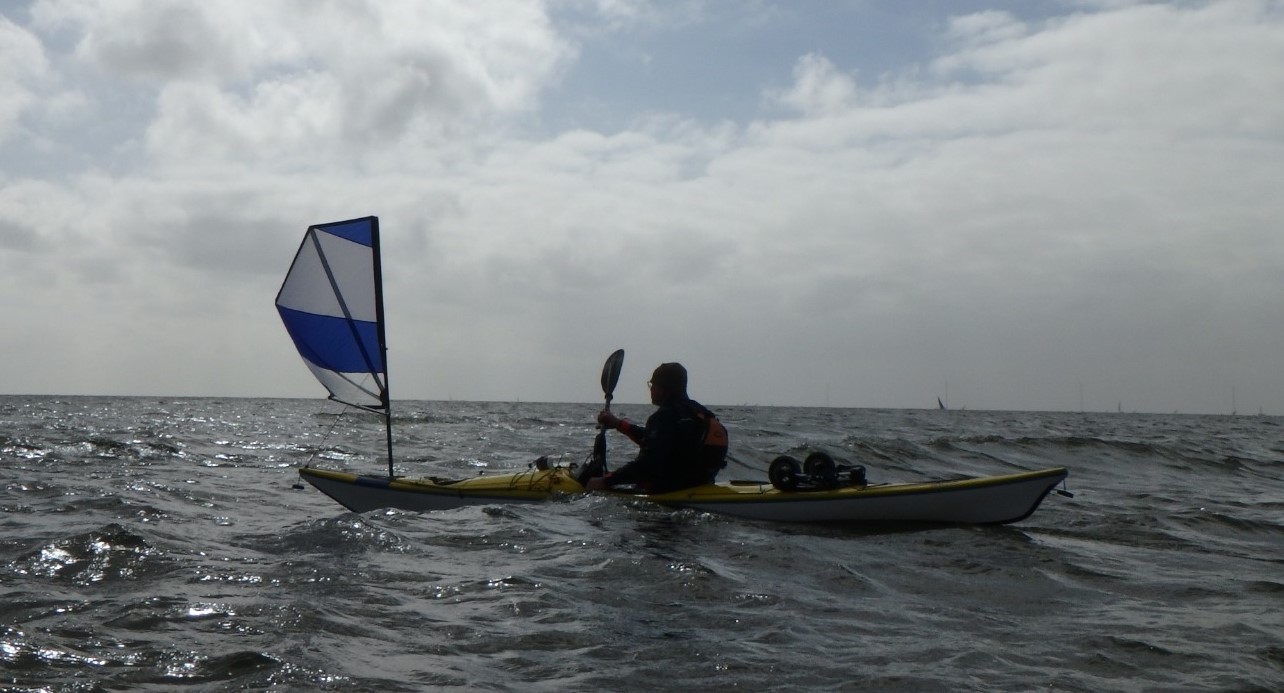Kayaksailors in its purest form can paddlesail any course, even upwind, except straight against the wind. Or yes, you can but than you must tack some 40 degrees off the wind and zigzag your way forward just like any sailingvessel. However, tacking up wind brings you to point B in about the same time your kayakbuddies will arrive there when just paddling straight into the wind. But kayaksailing upwind on a long track (without tacking) will defenitly push you more ahead comparing to your buddies with no sail. Though you still need to padde along a bit on that course.
This blog deals with all aspects of kayak sailing, made possible by only three serious kayak sails: Flat Earth Kayak Sails (FEKS), Falcon Kayak Sails and Sea Dog Sails (a clone of FEKS) from Australia.
The first ten posts or so are in English, the rest in Dutch. If you hit the translation button on the right bar, you will understand most of it in spite of the bewildering grammar and linguistic lingo.
Have fun and please leave a message from whichever country you are as a support for my effort.
Thank you,
Berend Schilder,
the Netherlands





